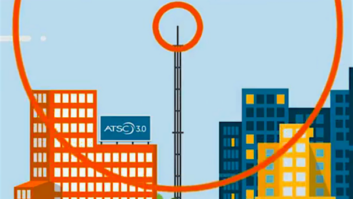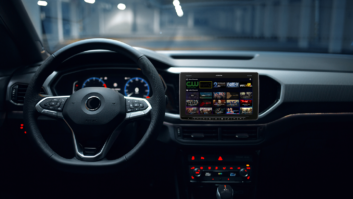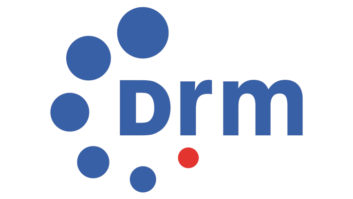Liam Power is senior systems engineer, ONE Media. Skip Flenniken is VP/GM of Technology Business Development, Sinclair.
One of the most interesting applications of ATSC 3.0, the new global standard for broadcasting, has been its use not only for television services but also for pure audio (radio) services.
ATSC 3.0 enables the use of IP (Internet Protocol) as a core part of the standard, allowing enormous flexibility in the potential applications of the specification. If you can send traffic over an internet link, you can also send it over 3.0. At the end of the day, it’s all just bits: video, audio, software, files, signals, and so on.
As a result, we can deliver audio services through a remarkably efficient, far-reaching and modern system.
Over the past year, we have experimented with a variety of methods of encoding, transport and physical delivery in several markets across the country including Baltimore, Las Vegas, Nashville, Detroit and Washington. The paper “Audio Services Over ATSC 3.0: A Proof of Concept,” given at the NAB Broadcast Engineering & IT Conference, explores in detail the decision-making and testing that led us to the current system design. The key results are summarized here.
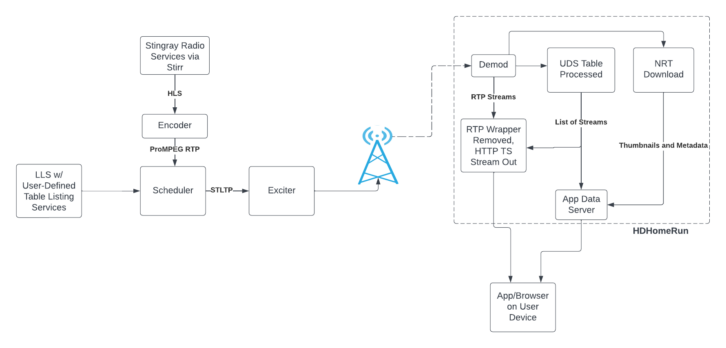
Encoding and transport
First, when it comes to encoding, we found xHE-AAC by Fraunhofer IIS to be the most efficient at the targeted bitrates while maintaining “Good” perceived quality, compared to AC-4, HE-AACv2, HE-AACv1 and AAC-LC. This allowed us to carry audio at 24 kbps for music services, and even less for talk radio. It also has broad compatibility across devices and operating systems, simplifying integration.
Making a choice regarding the IP transport mechanism was a more difficult decision, as the standard options within 3.0 are geared towards much larger data streams than those used for audio, resulting in significant overhead at low bitrates.
We experimented with UFTP, MPEG TS, muxed MPEG TS, RTP and Pro-MPEG RTP, as well as MMT and ROUTE, which are standard within 3.0. In the end, our decision to use Pro-MPEG RTP was second only to raw RTP for low overhead, but it came with the key benefit of FEC and ease of integration on the receiver side. One other interesting activity that we have been monitoring is BBC R&D’s work with QUIC multicast, which shows great promise in efficient distribution.
While we could simply insert the data at this point, one item within the 3.0 spec we took advantage of was UserDefined signaling, which allows us broad flexibility by permitting any valid non-conflicting XML to be sent as part of the standard signaling bundle known as LLS, or Low-Level Signaling. We crafted our service listing to allow for dynamic channel listing, some basic metadata and the ability to hand off services as a vehicle moves between markets.
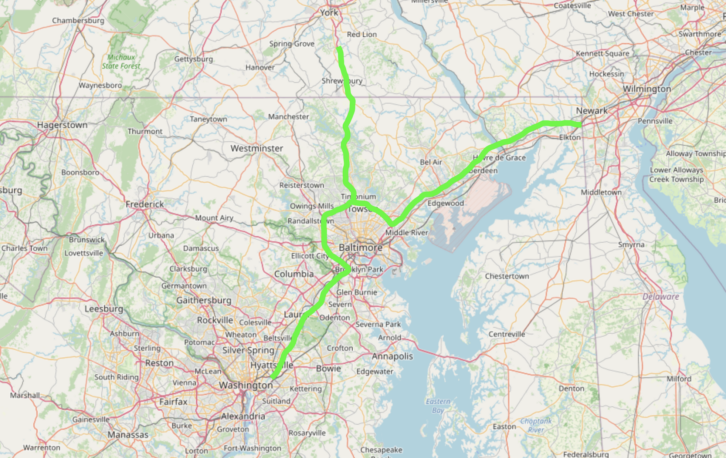
Testing in the car
With signaling and IP in hand, we turned to the physical layer. There are nearly endless parameters that can be tweaked here, allowing us to adjust to any reception case.
For this activity, we focused primarily on a vehicle traveling 75 mph down the highway and secondarily on surface streets and in urban canyons. There are multiple excellent pieces of software that allow us to estimate reception in these cases, which we used in combination with real-world experimentation to determine a configuration that would result in full coverage of our target market.
In our Baltimore tests, we were able to receive the signal out to the Delaware border, to 10 miles north of the Pennsylvania border, and down to Washington. In Detroit, the signal made it into Lansing going west and north past Flint.
In both cases, this outperformed comparable FM stations hosted from a similar location, crossing well into adjacent markets, and notably, taking up a fraction of the bandwidth used to send an equivalent FM channel over the air. To make the math simple, using 20% of a UHF television channel a station can offer one hundred (100) audio services.
These results have several interesting implications for the radio industry and its competitors.
One recent development is the removal of AM tuners from vehicles, particularly EVs. Being primarily on the UHF spectrum and thus unaffected by the interference plaguing AM receivers, 3.0 provides a convenient “lifeboat” for AM stations to still have a presence in vehicles, the primary location for radio listening. Additionally, 3.0 delivers improved audio quality and reach over traditional AM radio. This, of course, relies on vehicles having ATSC 3.0 tuners in them, but we have reasons to be optimistic on that front.
It also isn’t just AM that can benefit from the improved quality and reception. FM and satellite can see similar advantages, as it is very simple to tweak the encoding to meet the desired bitrate, rather than being locked into specific quality levels. ATSC 3.0 provides the advantages of digital radio without the quality loss.
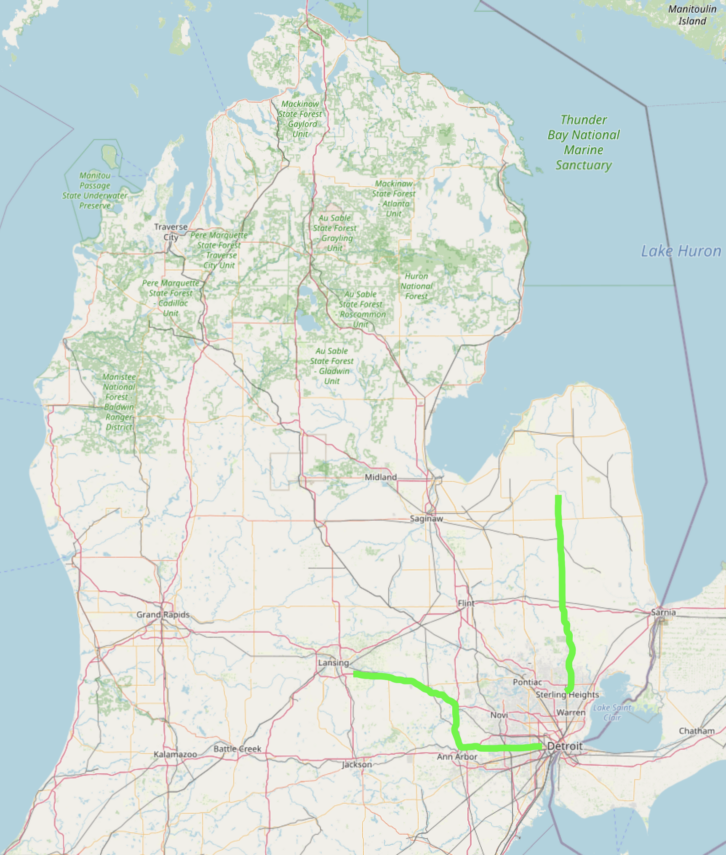
Flexible and efficient
The efficiency of ATSC 3.0 for linear content creates the opportunity to offload expensive internet and satellite delivery onto 3.0, primarily for the satellite and streaming companies, but also for those radio stations that provide online streams of their stations.
Because of the IP nature of 3.0, it can easily transmit audio feeds and failover to the internet in the event of signal loss or market change. For large-scale providers, it offers the opportunity to bring their distribution costs more in line with those of radio stations, as they can take their most-listened linear streams and dynamically send them over 3.0 as listenership changes throughout the day.
Last, an area being actively explored is the integration of digital radio standards directly into 3.0. We have performed experiments with multiple standards thanks to the cooperation of such entities as Fraunhofer IIS and Xperi/DTS and found the burden of integration to be low. This presents a straightforward way to utilize 3.0 with existing receiver systems by carrying the digital radio data over 3.0 and passing it to the digital radio receiver. Imagine an RF-agnostic delivery method, where a signal could be received over AM, FM, ATSC 3.0 or the internet and presented in the same way to the end user. This would ensure the broadest availability at the lowest distribution cost.
In short, ATSC 3.0 is an immensely flexible and efficient standard, creating significant business opportunities for audio services delivered over broadcast.
Comment on this or any article. Email [email protected] with “Letter to the Editor” in the subject field.
